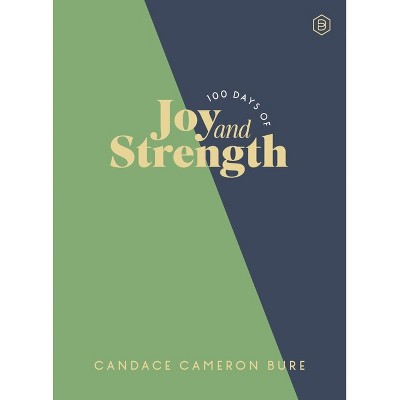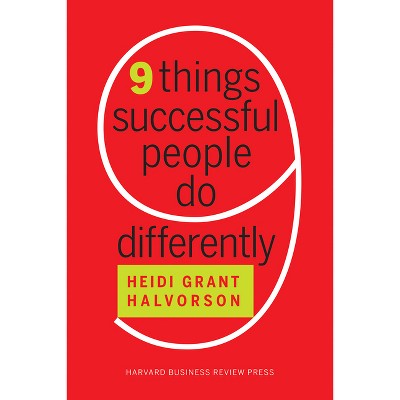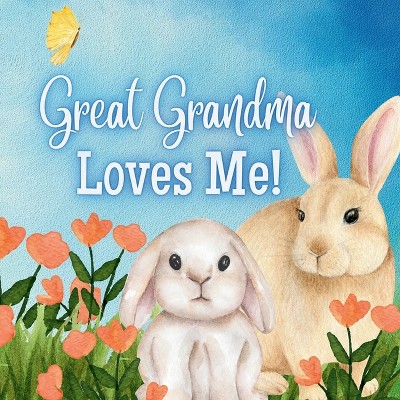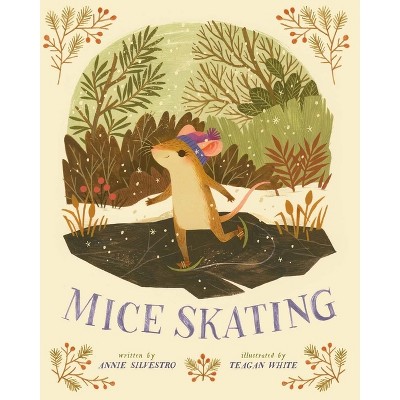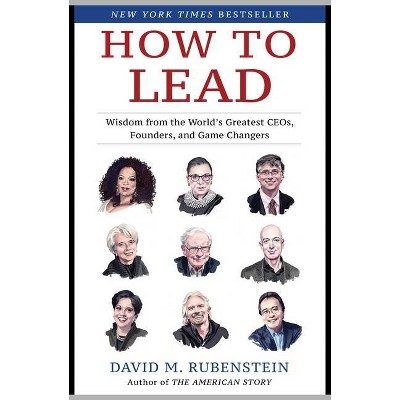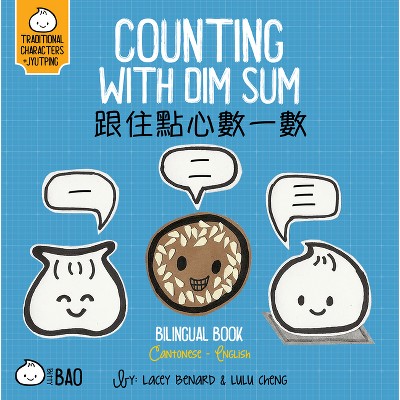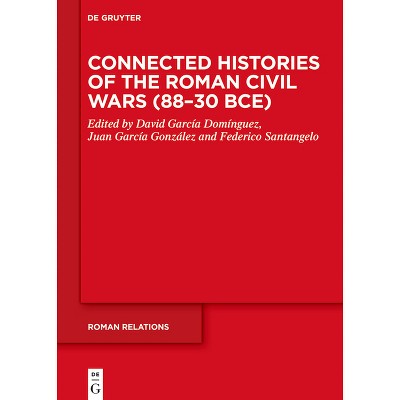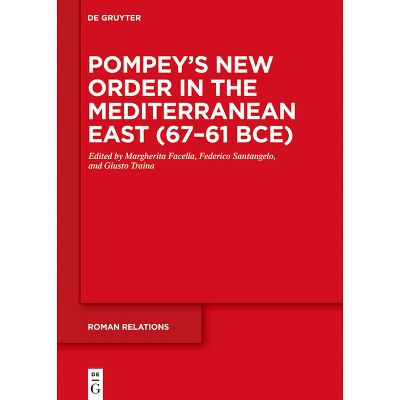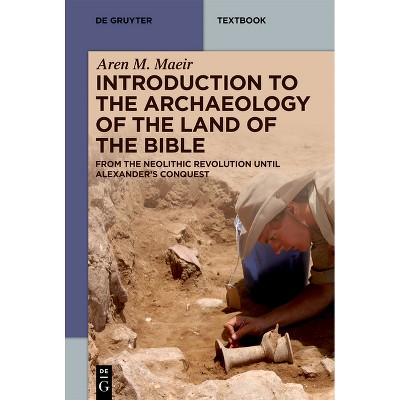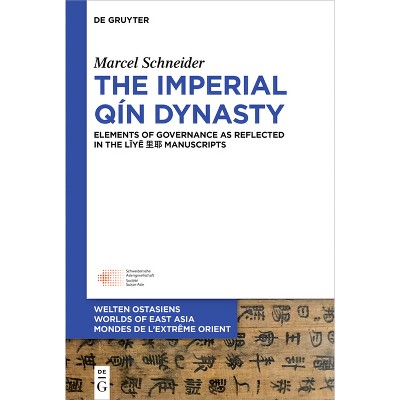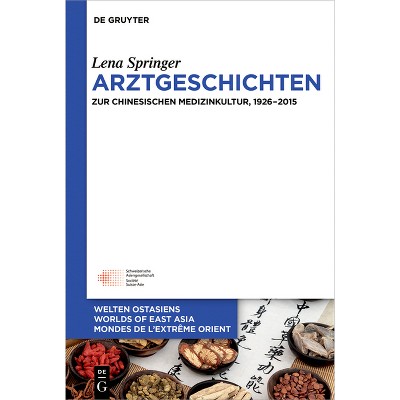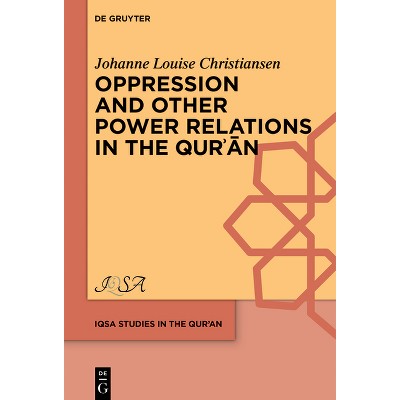Sponsored

Palace-Clan Relations in the Bronze and Iron Ages Levant - (Archaeology of the Biblical Worlds) (Hardcover)
In Stock
Sponsored
About this item
Highlights
- Recent studies have demonstrated that ancient Near Eastern societies considered themselves as part of one social fabric, divided not by mode of life or place of residence, but according to traditional associations of kin.
- About the Author: H. Bezzel, Univ. of Jena; K. Covello-Paran, Israel Antiquities Authority; J. J. Krause, Ruhr Univ.
- 250 Pages
- Religion + Beliefs, Ancient
- Series Name: Archaeology of the Biblical Worlds
Description
About the Book
The book presents studies on the social and political structure, interaction, and formation of different Levantine polities in the Bronze and Iron Ages. Based on archaeological as well as on literary sources, the contributions focus on kinship relatBook Synopsis
Recent studies have demonstrated that ancient Near Eastern societies considered themselves as part of one social fabric, divided not by mode of life or place of residence, but according to traditional associations of kin. Kinship relations appear to maintain their essential integrity over long periods of time, even within complex political organizations. In the past it was common to view state formation as an evolutionary process - from tribe to state - during which former kinship relations and tribal identities dissolve in face of the political identity imposed by the "state". Today, however, it seems that there were no evolutionary relations between the tribe and the state, as they both represent identities that coexist at the same time. It is against this background that a common structural element of ancient Levantine polities emerges: their fragmented nature, mostly based on an overarching concept of kinship.
This book presents studies of different polities and societies from the Bronze and Iron Ages Levant and beyond, highlighting their kin-based social and political structures, interactions, and ultimate formations, as may be gleaned from both material and textual sources.
About the Author
H. Bezzel, Univ. of Jena; K. Covello-Paran, Israel Antiquities Authority; J. J. Krause, Ruhr Univ. Bochum; O. Sergi, Tel Aviv Univ.

